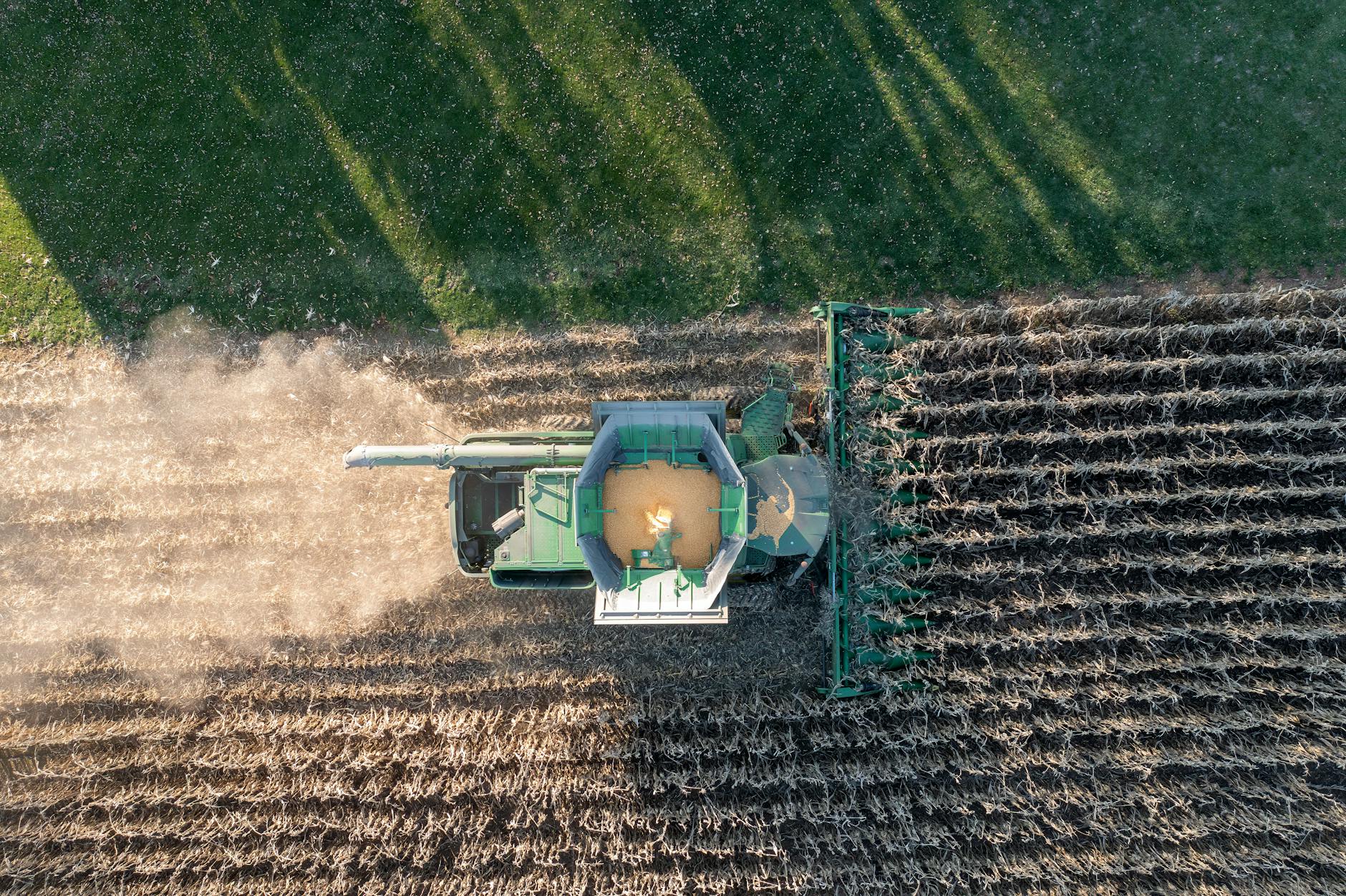No-Tillage Farming: A Sustainable Approach to Agriculture
No-tillage farming, also known as zero tillage or direct drilling, is an agricultural practice that involves growing crops without disturbing the soil through tillage. This method has gained significant attention for its potential to enhance soil health, reduce erosion, and increase sustainability. In this blog, we will explore the principles, benefits, challenges, and future of no-tillage farming.
What is No-Tillage Farming?
Traditional farming practices often involve plowing the soil to prepare it for planting. This process, while effective for weed control and seedbed preparation, can lead to soil erosion, loss of organic matter, and degradation of soil structure. In contrast, no-tillage farming leaves the soil undisturbed, except for minimal soil disturbance during seeding. Seeds are planted directly into the residue of previous crops, maintaining the soil’s structure and organic content.
Principles of No-Tillage Farming
- Minimal Soil Disturbance: The core principle of no-tillage farming is to keep soil disturbance to a minimum. This helps maintain soil structure, moisture, and biodiversity.
- Permanent Soil Cover: Crop residues or cover crops are left on the soil surface to protect against erosion, retain moisture, and suppress weeds.
- Diverse Crop Rotations: Implementing a variety of crops in rotation can improve soil health, reduce pest and disease pressure, and enhance biodiversity.
- Integrated Pest Management: Utilizing biological, mechanical, and chemical methods to manage pests sustainably without relying heavily on pesticides.
Benefits of No-Tillage Farming
- Soil Health: No-tillage improves soil structure, increases organic matter, and enhances microbial activity. This leads to healthier, more resilient soil capable of supporting robust plant growth.
- Reduced Erosion: By leaving crop residues on the field, no-tillage farming significantly reduces soil erosion caused by wind and water.
- Water Conservation: The residue cover helps retain soil moisture by reducing evaporation, which is particularly beneficial in arid and semi-arid regions.
- Carbon Sequestration: No-tillage practices can increase carbon sequestration in the soil, helping to mitigate climate change by storing carbon that would otherwise be released into the atmosphere.
- Economic Benefits: Farmers can save on labor, fuel, and equipment costs associated with traditional tilling methods. Additionally, improved soil health can lead to higher yields over time.
Challenges of No-Tillage Farming
- Initial Transition: Shifting from conventional to no-tillage farming can be challenging and may require significant changes in equipment and management practices.
- Weed Control: Without tillage, managing weeds can be more difficult and may necessitate the use of herbicides, which must be managed carefully to avoid resistance and environmental damage.
- Crop Residue Management: Accumulation of crop residues can sometimes interfere with planting and crop emergence. Proper residue management techniques are essential.
- Pest and Disease Pressure: Certain pests and diseases may thrive in the undisturbed soil, requiring integrated pest management strategies.
The Future of No-Tillage Farming
The adoption of no-tillage farming is growing globally as more farmers recognize its long-term benefits. Innovations in equipment and techniques, along with increased awareness and support from agricultural organizations, are facilitating this transition. Research continues to advance our understanding of no-tillage practices, optimizing them for different crops and environments.
Governments and institutions are also playing a crucial role by providing incentives, education, and resources to support farmers in adopting no-tillage methods. As concerns about climate change, soil degradation, and water scarcity intensify, no-tillage farming presents a viable solution to promote sustainable and resilient agricultural systems.
Conclusion
No-tillage farming represents a transformative approach to modern agriculture, emphasizing sustainability and environmental stewardship. By preserving soil health, reducing erosion, conserving water, and sequestering carbon, no-tillage farming not only benefits farmers but also contributes to the broader goals of sustainable development and climate resilience. As we move forward, embracing and refining no-tillage practices will be key to ensuring a productive and sustainable agricultural future.










